Sightseeing Spots
Search Results67
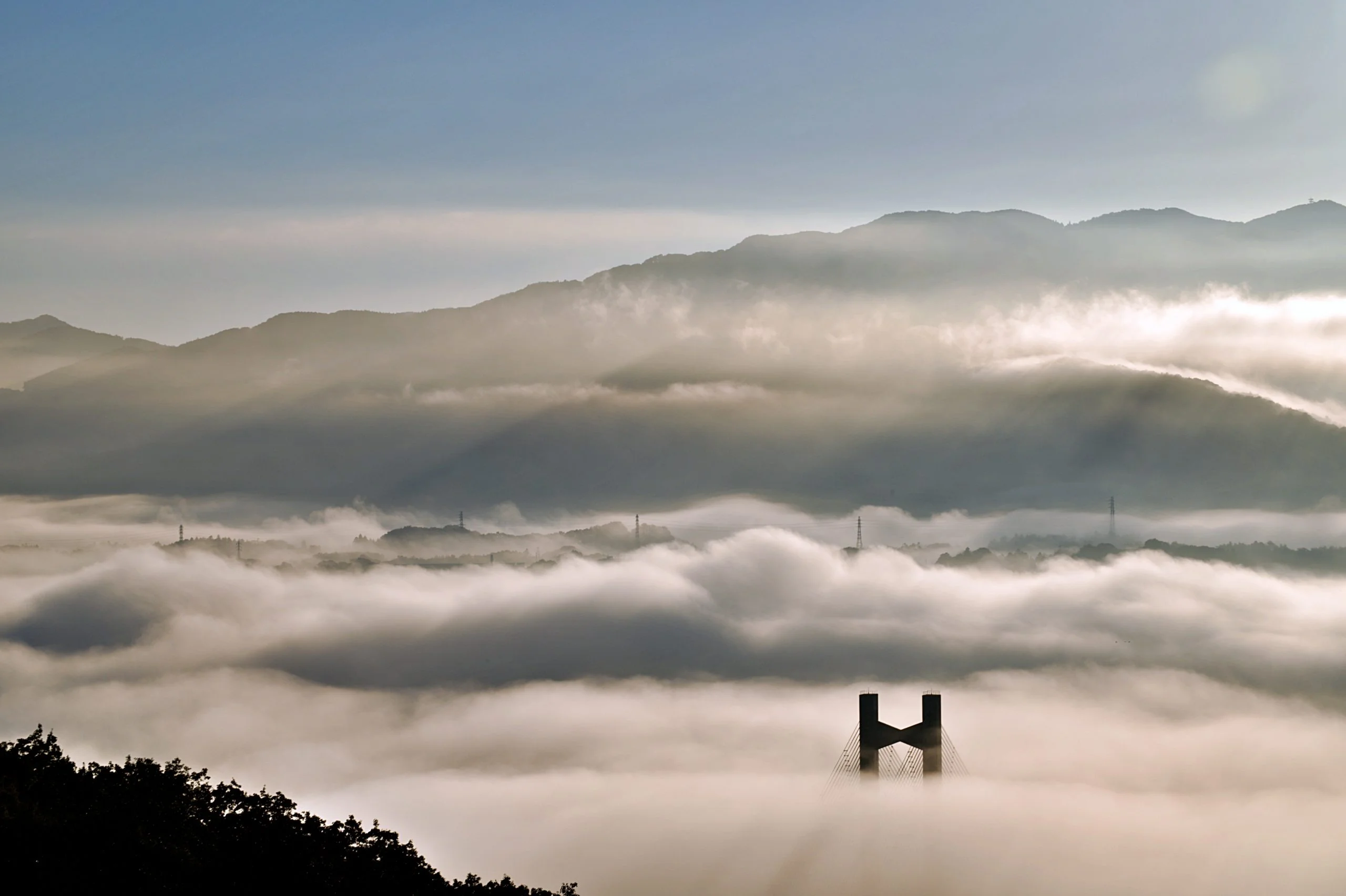
This park is situated in the rich nature of the Nagaonekyuryo mountains that straddle the border between Chichibu City and Ogano Town. This sprawling area of 375 hectares is divided into three themed zones, Forest of Sports, Forest of Music and Forest of Culture, with each area connected by a 3 km long "Sky Road." This park is best known as one of the best spots to view a breathtaking sea of clouds. The Chichibu area has the perfect conditions for a sea of clouds to form, due to the fog produced by radiative cooling in the Chichibu mountain area. If you get lucky, you may even be able to see the symbolic bridge of Chichibu appear to be floating above the clouds. Chichibu Muse Park has a variety of attractions, such as a music hall, an outdoor stage, Muse Fountain, a spacious garden, and sports facilities. Chichibu Muse Park is the perfect place to enjoy your day, surrounded by the beautiful changing seasons.
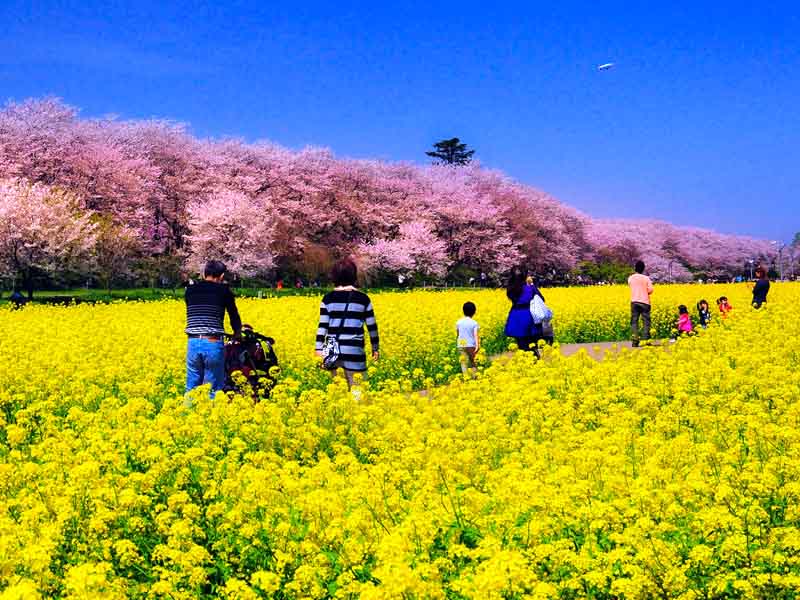
Gongendo Park is a hot spot for cherry blossoms, thanks to a 1 km stretch of 1,000 Yoshino cherry trees contrasting with beautiful yellow rapeseed flowers, and the park is filled with revelers every year. In addition, in June you can enjoy stunning hydrangea, in September the vivid red spider lily, and in January the charming white daffodils. A wonderful spot to visit, regardless of the season!
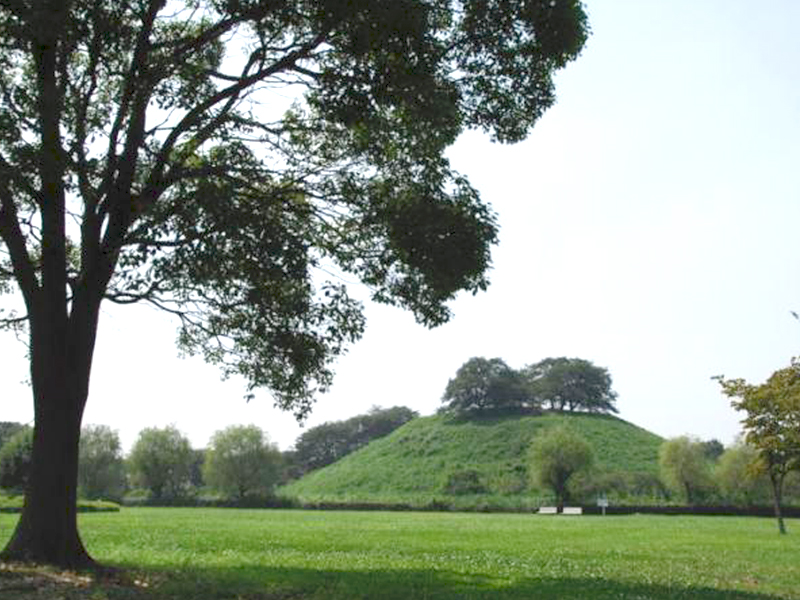
Sakitama Kofun Park is home to nine large megalithic tombs (kofun), such as the "Inariyama Kofun," where the national treasure the "Iron Sword with Golden Illusions" was excavated, and the largest kofun in Japan, "Maruhakayama Kofun," a popular cherry blossom spot. Gyoda City Sakitama, where the park is located, is also known as the origin of Saitama Prefecture's name (the characters for "Sakitama" are also read as "Saitama"), and you can see the stone monument commemorating this in the park.
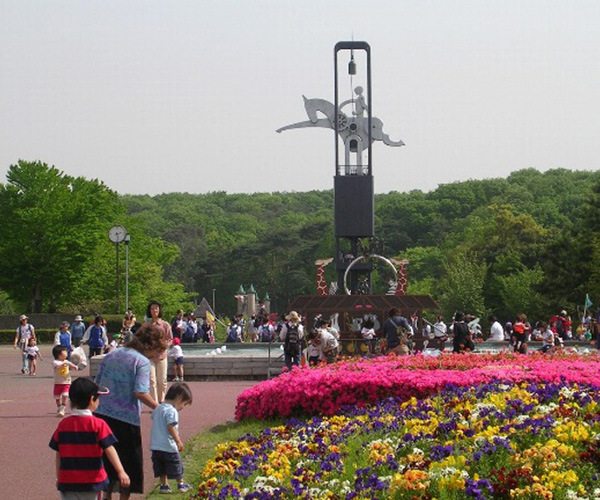
Sprawling out over the Hiki Hills, this 46-hectare site is home to popular animals such as giraffes, red pandas, and koalas, as well as an ecological park dedicated to Humboldt penguins, Penguin Hills. Also adjacent to the park are a walking trail and cross-country course. The zoo is the only place in Japan where visitors can see the small rodent, gundi, at the "Eco Houchoo" (Eco-friendly mouse house), the rabbit-like yellow-spotted rock hyrax, the world's smallest deer, pudu, and the quokka, which joined the zoo to commemorate its 40th anniversary. The Capybara Hot Springs, a winter tradition, is also very popular.
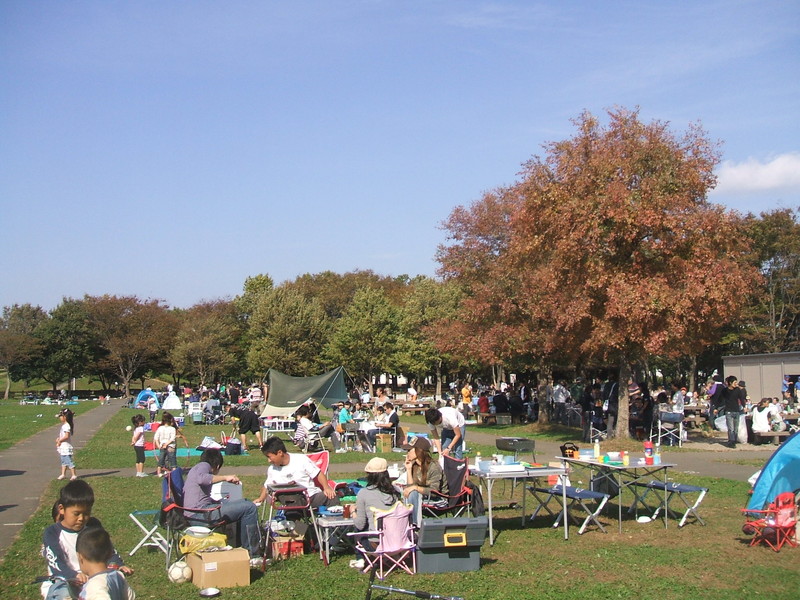
This park features an open lawn space and large wooden play equipment, and the area is crowded with families all year. Seasonal flowers grow throughout the park, and in addition to cherry blossoms in the spring, the moss phlox (April to May) and irises (early June) bloom in a heart-warming sight. There are also kitchen spaces for barbecue, and visitors can fish at the large pond, Koai Tamei (within the designated area).
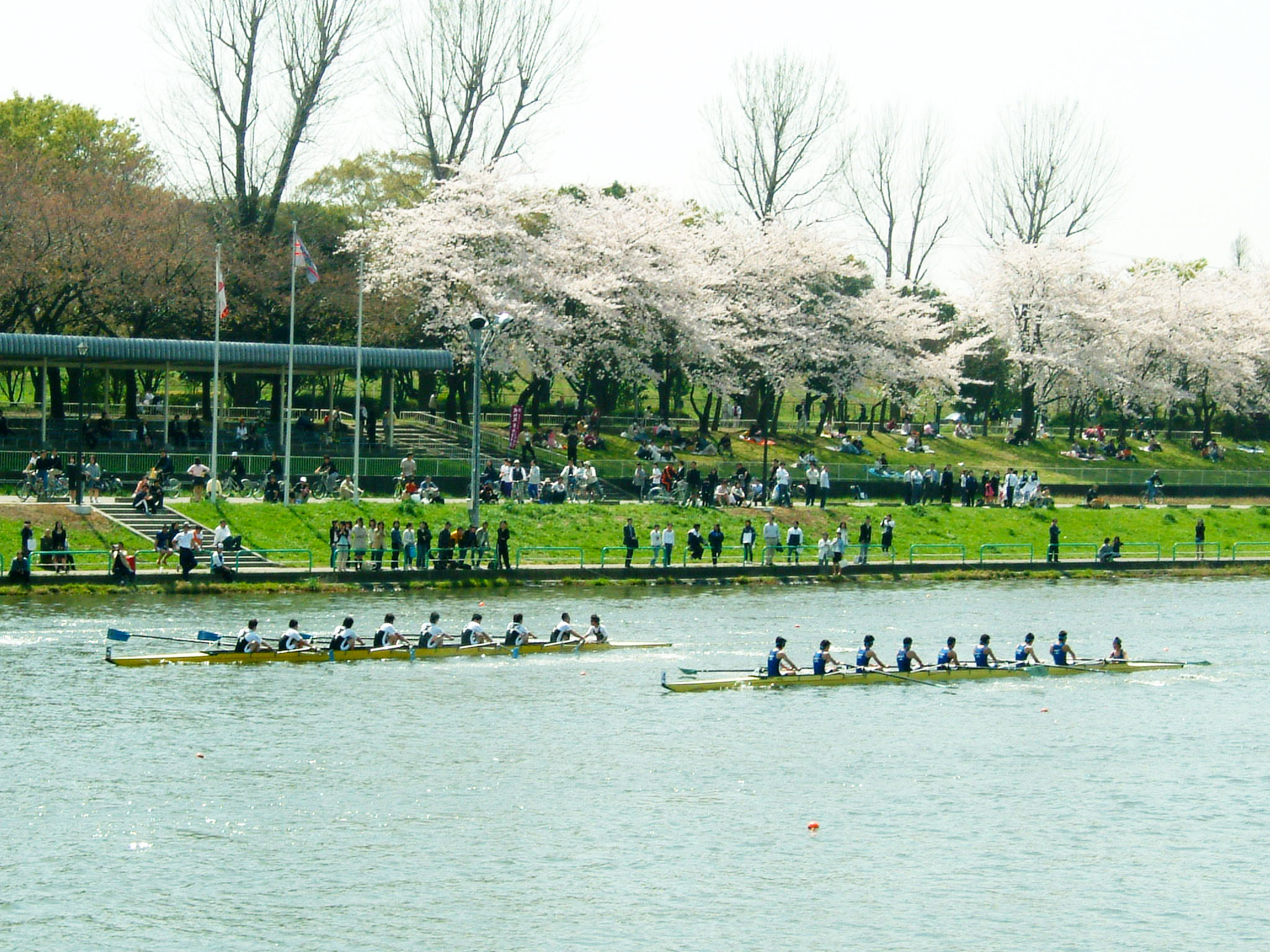
Toda Park was built between 1937 and 1940, centered around a rowing course which is the largest artificial still water course in Japan. Established as a city park after the 1964 Tokyo Olympics, it is used as a training area and competition venue for rowing, while also providing a relaxing environment filled with nature for the local citizens. The park is adjacent to the bank of the Arakawa River and also has an elevated plaza, flower beds, and lots of playground equipment, making it popular for not only its rowing course.
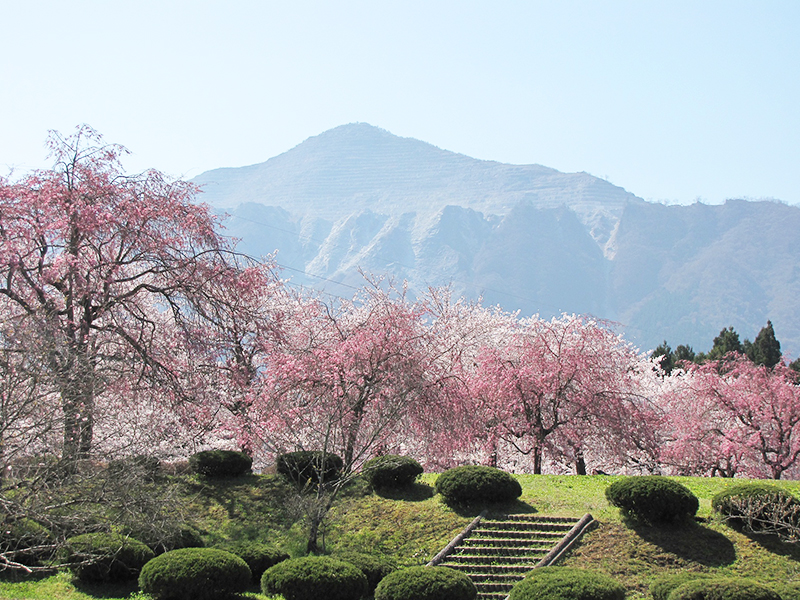
Surrounded by lush greenery and famous for its shibazakura (lawn cherry) and cherry blossoms, this park is located on a hill overlooking the city center and has been long-cherished as a place to relax by the local citizens. There is a hill overlooking the city and surrounding mountains, "Miharashi no Oka," an athletic park "Wanpaku Hiroba" for children to play at, and exhibition halls such as the Mt. Bukou Museum and Yamato Art Museum.
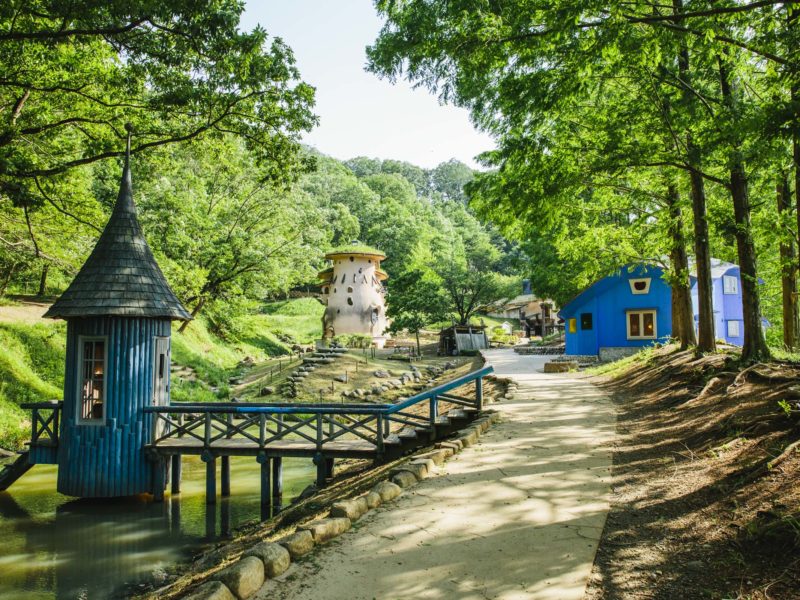
A park inspired by the world of Scandinavian fairy tales. Unique buildings that tickle your imagination stand on park grounds overflowing with greenery. Play freely in nature among the refreshing breeze and dappled shade in this relaxing space for everyone.
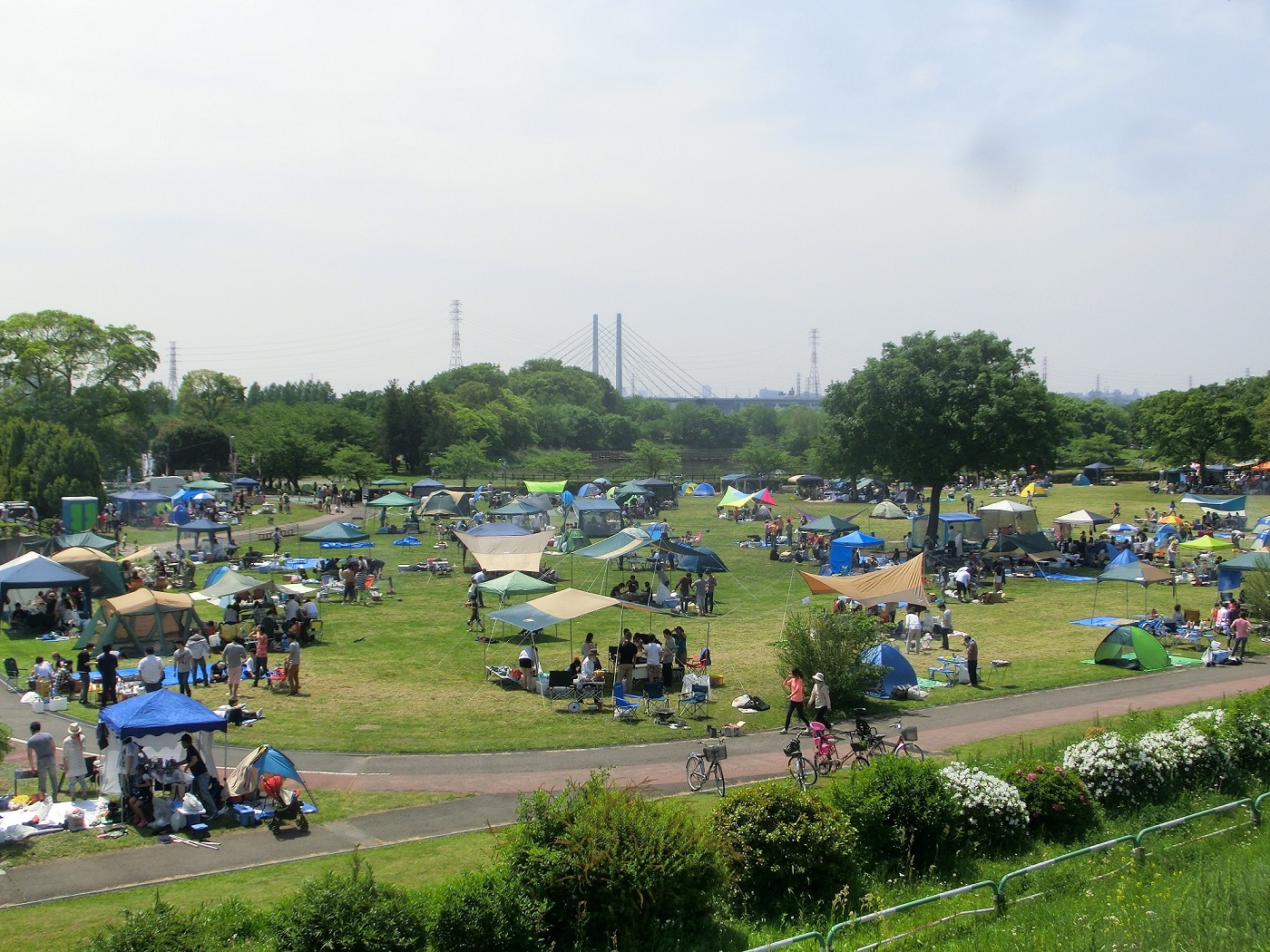
"Saiko" is a park developed along the Arakawa riverbed retention basin that's filled with nature; with the blooming of Japanese primrose and the beautifully maintained fields, visitors can relax and enjoy the change of the seasons. There is a spacious BBQ area where visitors can choose between a free area with no reservation required, and an area with BBQ prepared which requires a reservation. There are also tennis courts, dog friendly spaces, fishing spots and the lakeside area is a popular spot for cycling and windsurfing. With easy access by car, the park attracts more than one million visitors a year!
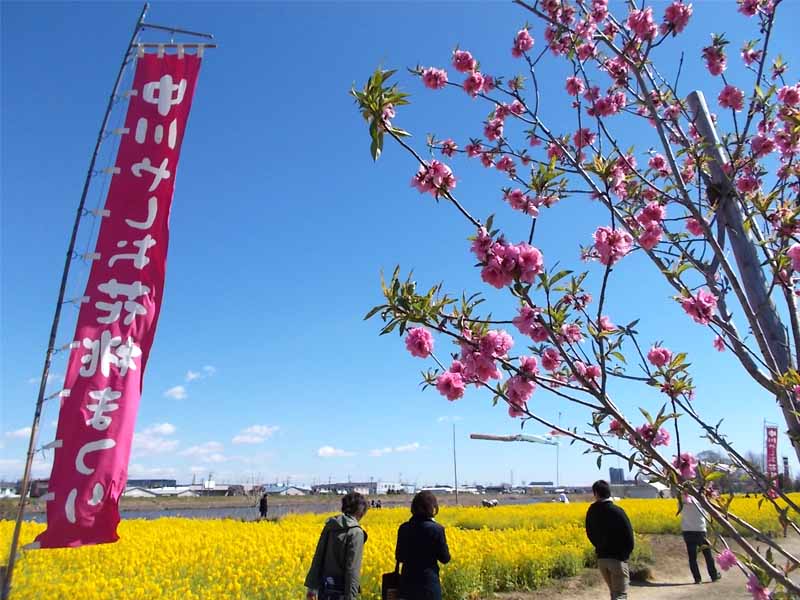
Located on about 13,000 square meters of the Nakagawa Riverbed, the contrast between the 120 pink peach blossoms and fields of yellow rapeseed flowers that bloom from March to April every year is a beautiful sight to see. In autumn, you can enjoy red spider lilies and cosmos. The annual Hanamomo Festival held in late March attracts many tourists.
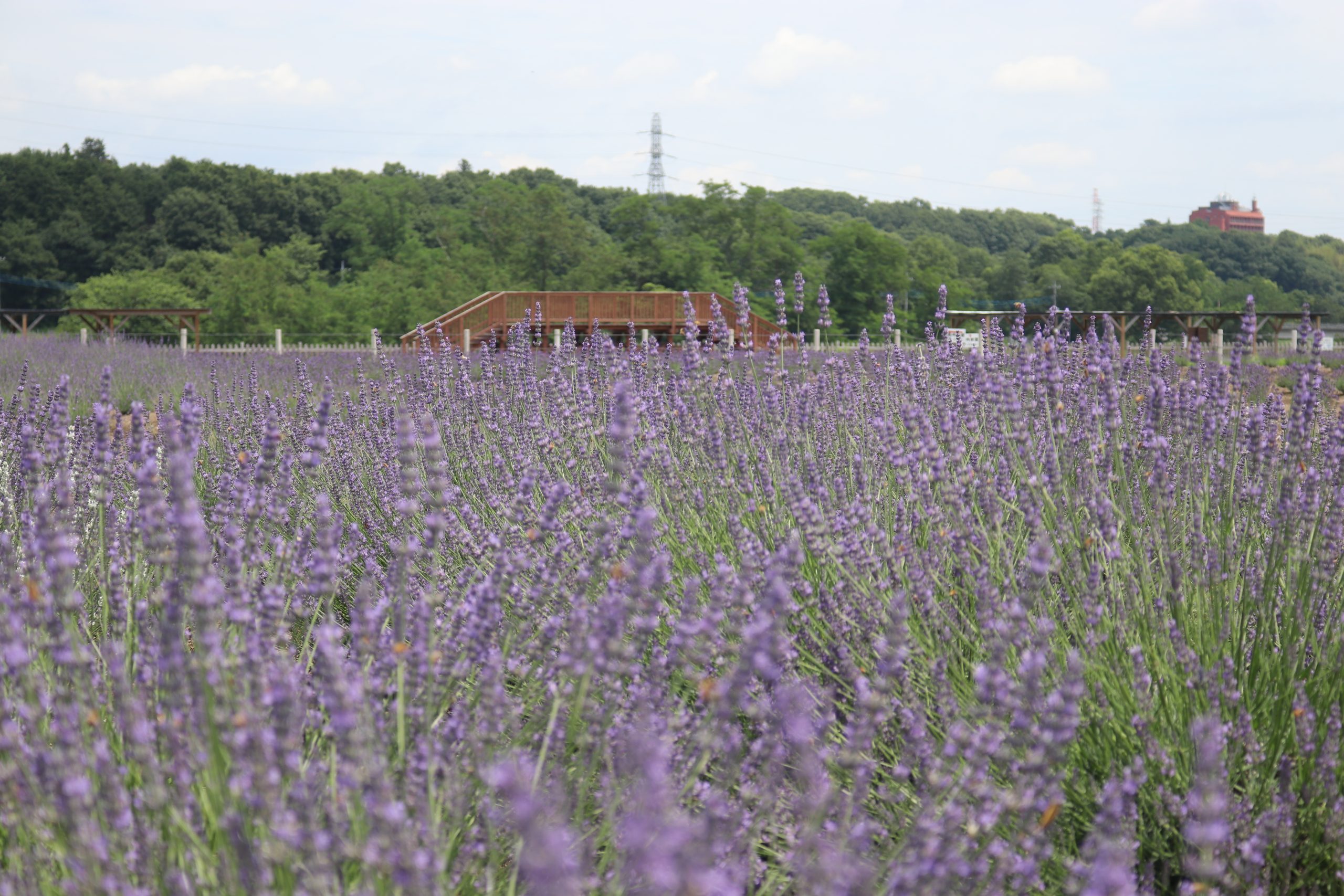
The Sennen no Sono Lavender Field spans approximately 6.5 hectares and boasts around 22,000 lavender plants including over 10 different lavender varieties, such as Grosso (French), Hidcote (English), and Avonview (Spanish). In late May, visitors can enjoy the enchanting sight of red, pink, and white poppies blooming alongside early-blooming lavender. By mid-June, a portion of the field transforms into a golden sea of wheat known as "Nourin 61," and towards the end of June, visitors can witness the spectacle of wheat harvesting. The annual Ranzan Lavender Festival takes place from early to late June, offering a wonderful opportunity to experience the beauty of the lavender field. *Please note that access to the fields is restricted after the festival as they undergo harvesting.

The Kinchakuda Park was formed by the zigzagging flow of the Koma River that runs through Hidaka City, and is called Kinchakuda because its shape resembles a kinchaku (traditional drawstring money pouch). The park is a 500 meter diameter flatland surrounded by a river with a surface area of about 22 hectares. Flowers such as rape blossoms and cosmos bloom every season, but the highlight is the 5 million red spider lilies that dye the park crimson every autumn, like a giant, beautiful red carpet.
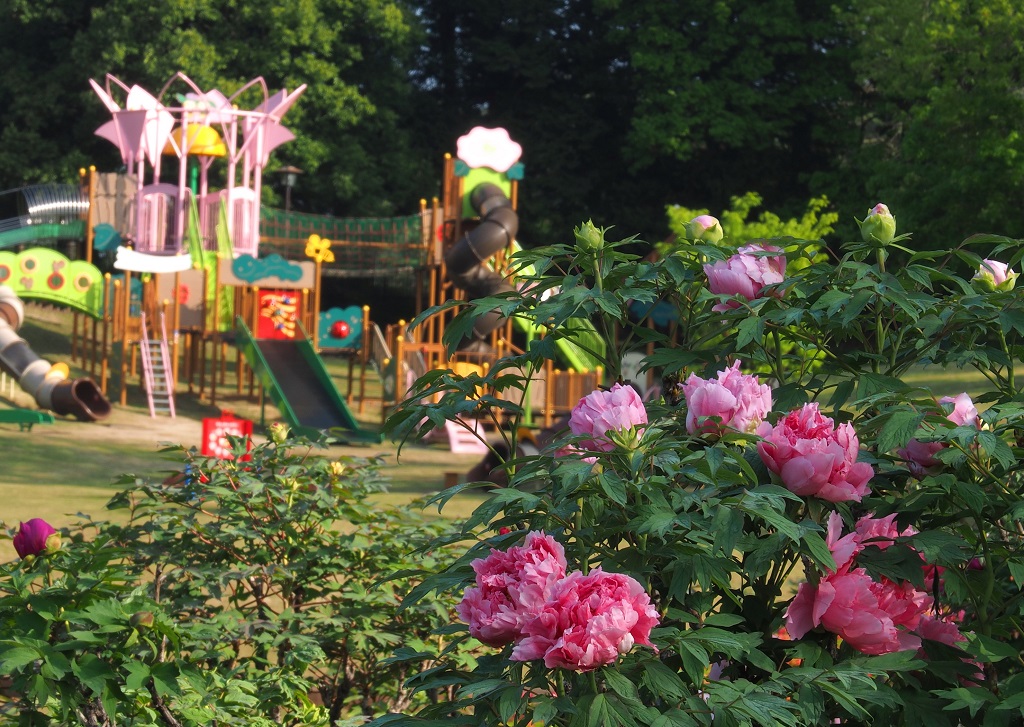
Opened in 1990 as part of efforts to promote the official city flower, the peony (botan). A prominent peony park in the Kanto region, roughly 30,000 square meters of colorful peonies bloom from mid-April to early May, culminating in the Peony Festival (botan matsuri) during peak bloom. Throughout the year, visitors can also view hydrangea, Japanese maple and wintersweet, and enjoy facilities such as a large playground complex, an open lawn, and an observatory.

Plum planting began in 1986 at Ume Hyakkaen Garden. You can enjoy about 170 varieties of plum flowers, including rare ones such as the early blooming red plum during the winter solstice and the three famous flowers of the moon, mangetsu, tagoto, and soumei. From mid-February, about 470 plum are in full bloom, and the fragrant plum scent spreads all the way to the summit.
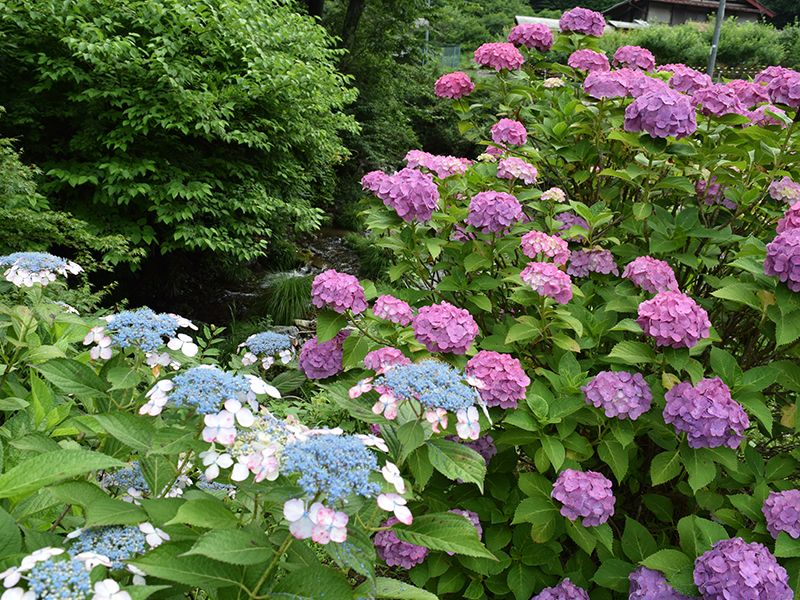
There are around 1,500 hydrangea plants in bloom along this 3-kilometer-long road, and you can enjoy the fresh air and chirping of birds while surrounded by nature.
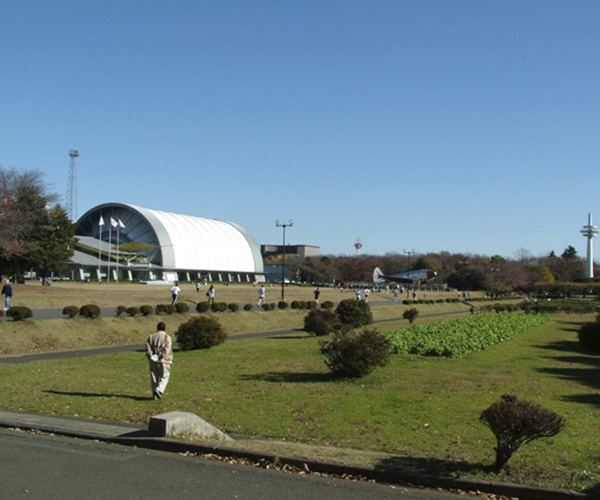
This large park was built on the site of Japan's first airfield, Tokorozawa Airfield, and has an area of about 50 hectares. Overflowing with nature, the park is never without visitors. There are real airplanes, as well as sports facilities, an athletic field with artificial grass, a tennis court and a baseball field. There is also an outdoor stage, tearoom and a Japanese garden, making the park a center for sports and culture exchange in western Saitama. (For more information regarding the facility, please refer to the URL below.)
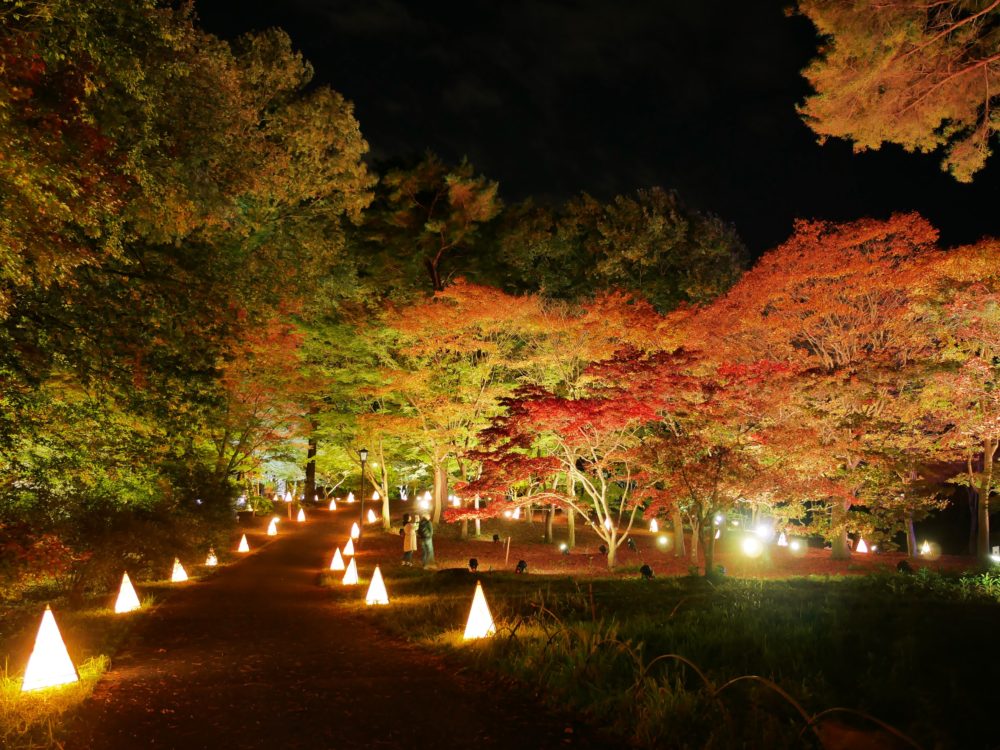
The Musashi-Kyuryo National Government Park was built as part of the Meiji Centennial Commemorative Project. Musashi-Kyuryo is Japan's first national park and is located on a vast, hilly area of 304 hectares stretching between Namegawa Town, Hiki District and Yagii, Kumagaya City, Saitama Prefecture. The park is mainly forested areas, and includes ponds, swamps, marshes and grasslands, for a diverse ecology where precious flora and fauna can grow and thrive. It is also one of few places within the metropolitan area where you truly can feel in contact with nature.
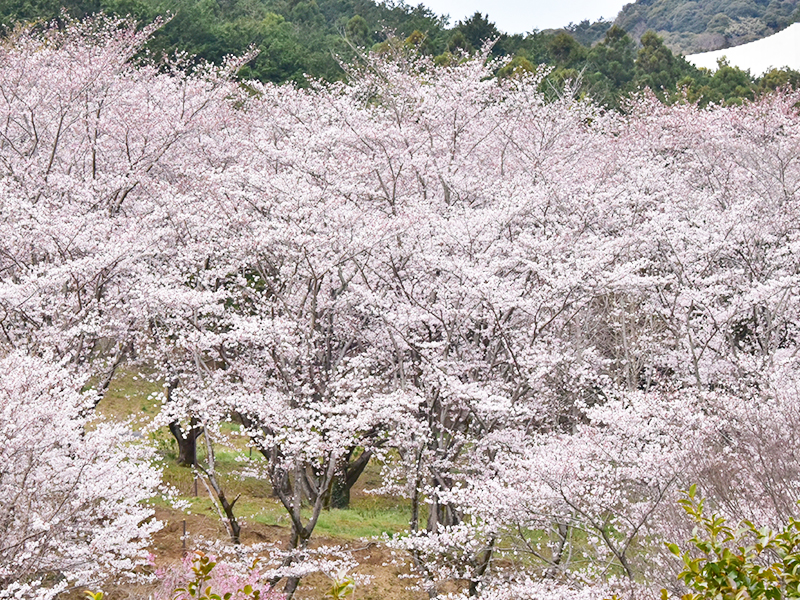
Around 300 Someiyoshino cherry trees are in full bloom at Sakuranoyama Park in early April and the mountain peak boasts a view that overlooks the Saitama-Shintoshin area. A large fireworks display is held every year on the second Saturday of May.
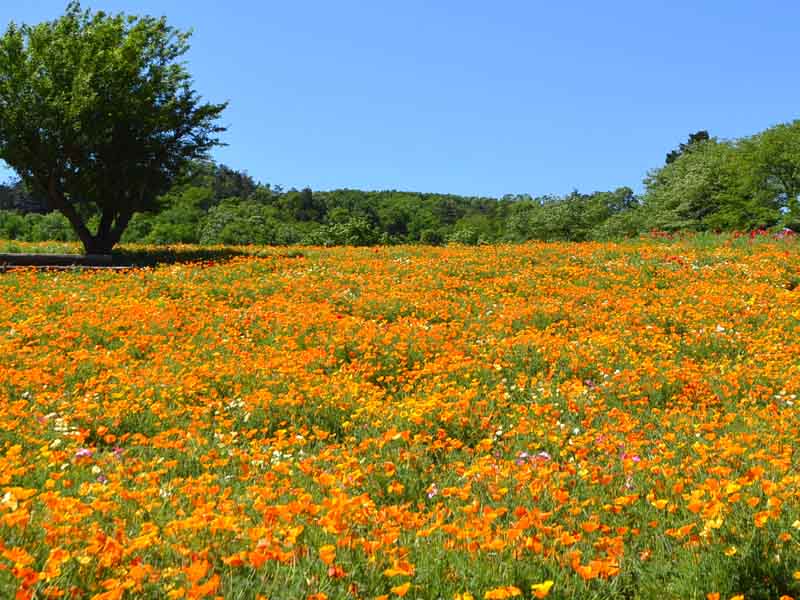
This garden is located on a vast field of about 10,000 square meters behind the Nagatoro Town Folk Museum. The Japanese name "Hanabishisou" comes from the shape of the California golden poppy, which is said to resemble a rhombus ("hishi" in Japanese, read "bishi" in the name). In early summer, California golden poppies bloom all over the entire hill, and from May to June, the contrast between the deep blue sky and the vivid orange flowers is mesmerizing.
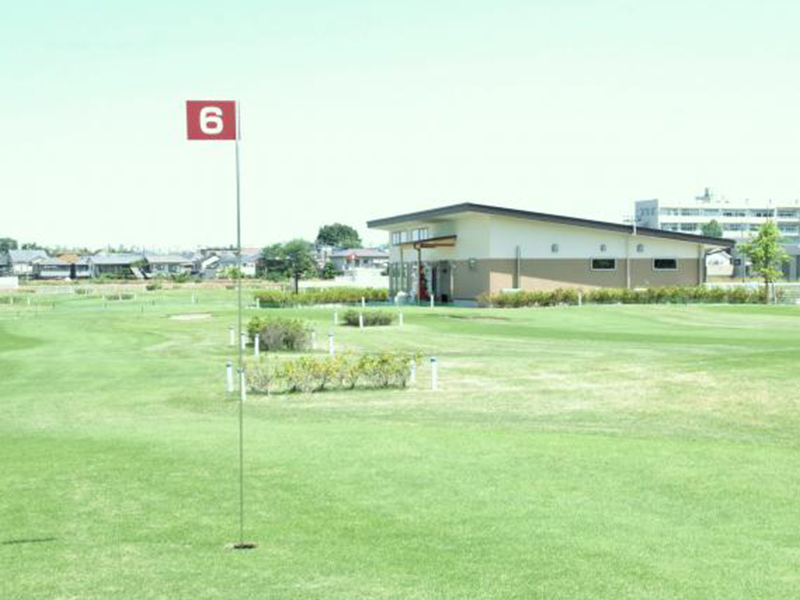
This district park is known for its stunning lawn of green grass and 18-hole golf course. In addition to the golf course, there is also a children's area, a multipurpose plaza, and a parkway that can be used for jogging and other activities. The park enables people from different generations to meet and enjoy spending a relaxing and healthy time together outdoors.
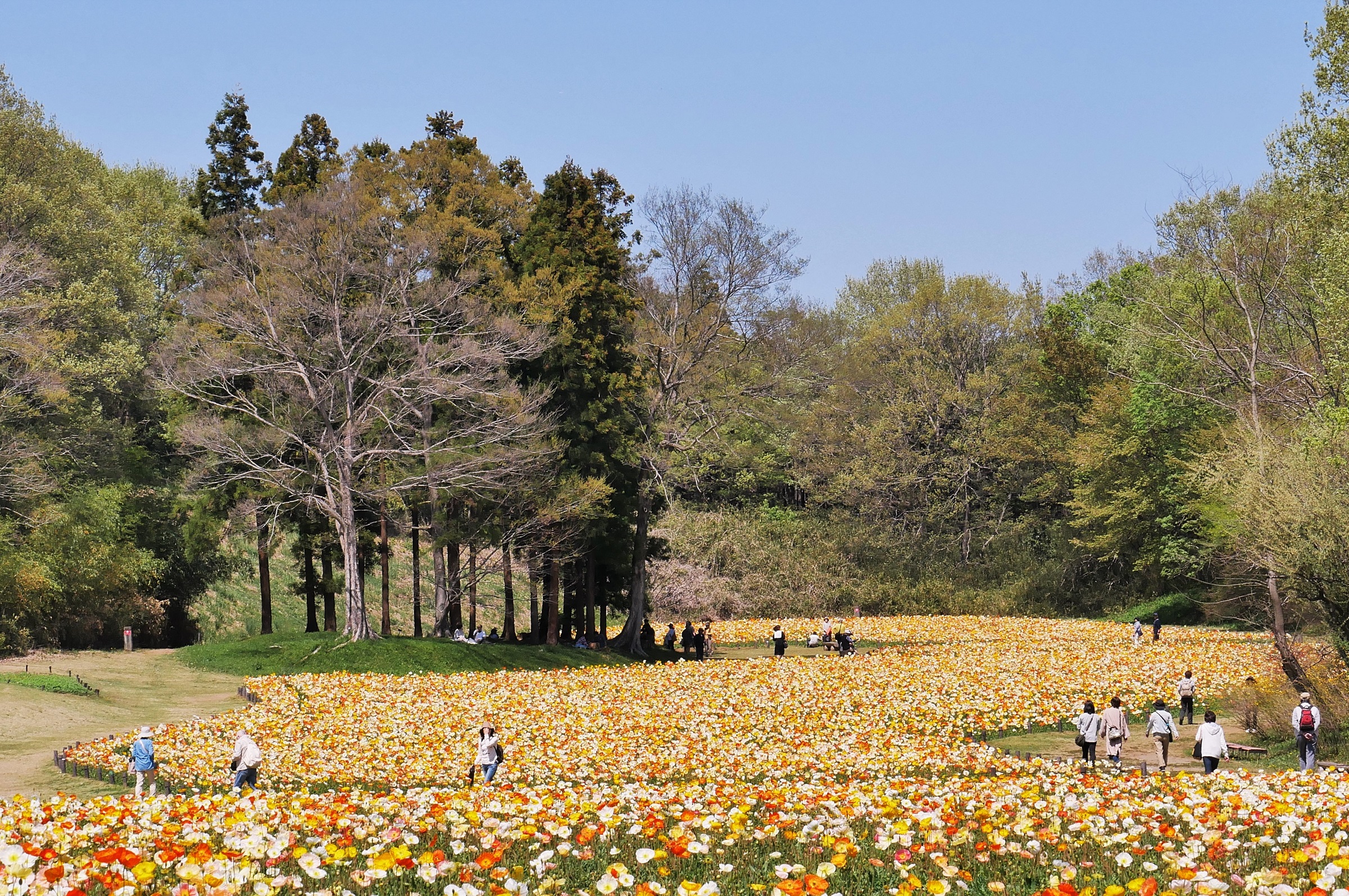
Musashi Kyuryo National Government Park is Japan’s first national government park, developed as part of the Meiji Centennial Commemorative Project. It spans a vast 304-hectare hilly area that straddles Namegawa Town in Hiki District and Yai in Kumagaya City, Saitama Prefecture. The park features a diverse natural environment, including woodlands, ponds, marshes, wetlands, and grasslands, providing a habitat for many valuable plant and animal species. It also serves as a place where visitors from the Tokyo metropolitan area can connect with and appreciate nature.
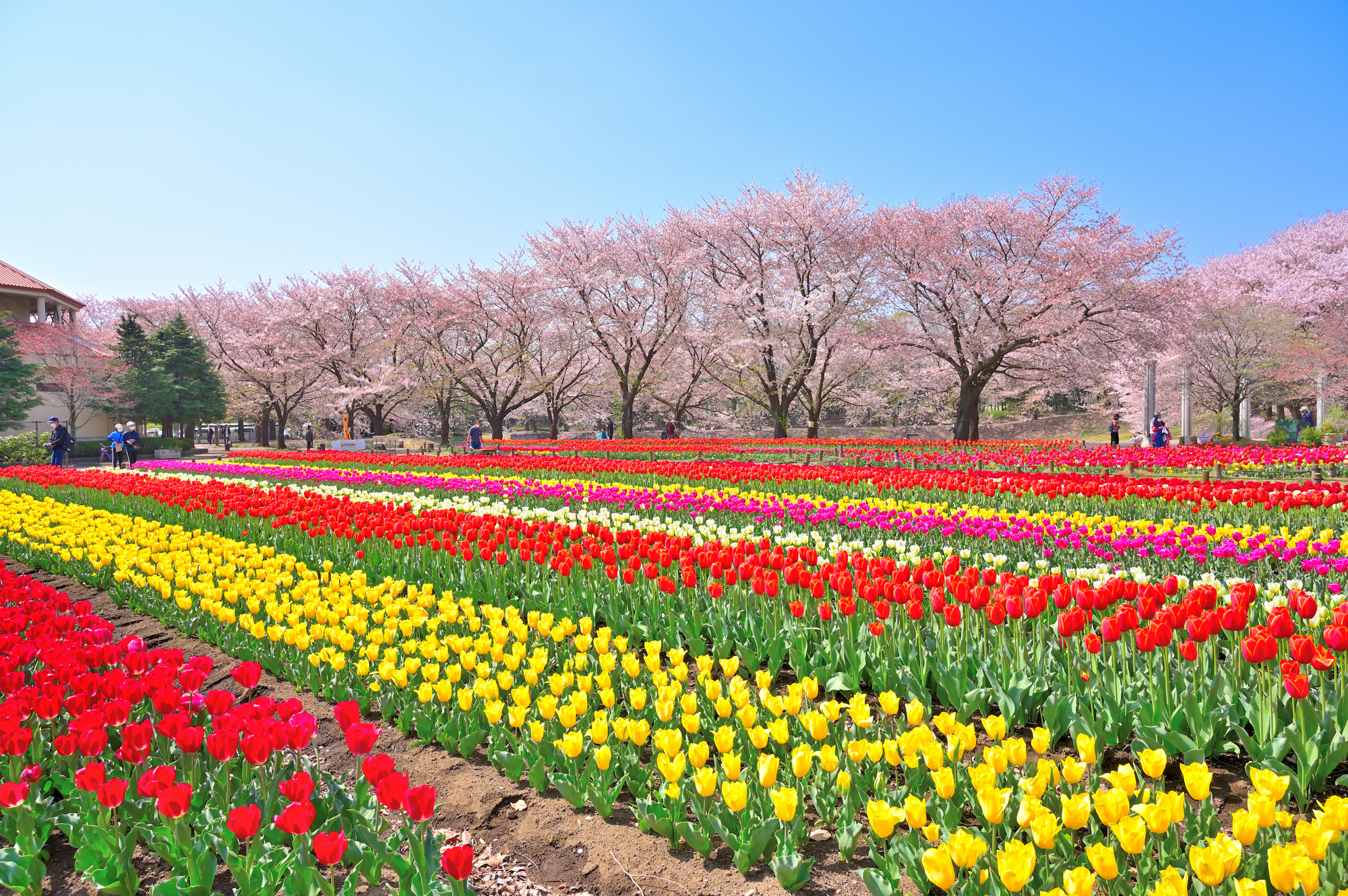
Fukaya Green Park was opened in Fukaya City in July of 1996 as a government-subsidized project of the Ministry of Agriculture aiming to promote agriculture and stabilize and strengthen management, while also contributing to citizens’ health and physical fitness. The park covers an area of 54,000sq m, around the size of Tokyo Dome. It consists of an indoor facility, Paradise Patio (known as “Patio”), and many large and small plazas, such as grass lawn plazas. Patio (area 7,769sq m) is designed after south European and Mediterranean coastal resorts, and features the largest all-weather indoor leisure pool in the north Kanto area. The park’s large flowerbeds (1,157 sq m) filled with flowers are another highlight.
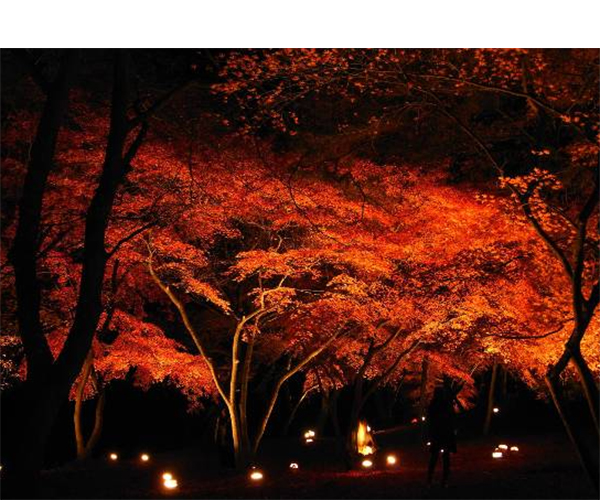
The park is named after the stone tablet on which Kyoshi Takahama wrote the haiku “Kokoniware Kuotomubeki Tsukinoishi,” and is very famous for its autumn leaves. The best time to see the autumn leaves is around November, with the illumination of around 50 acer amoenums Japanese maples. The area is very crowded during this time, especially with photography aficionados. You can enjoy the autumn leaves at the adjacent prefectural nature museum as well.
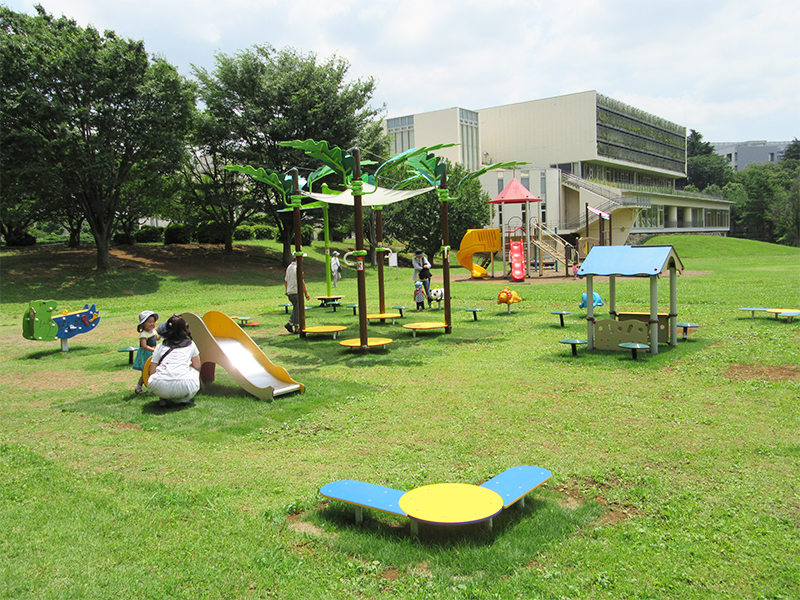
This 20-hectare park was established in March 1989 on the former site of Camp Drake, which was confiscated by the U.S. military in 1945, to ensure a comfortable living environment with beautiful urban landscape. The park is well known as a place for sports and recreation, with an outdoor plaza and jogging course. This vast park is also used as an evacuation site. Nearby are Tokyo Metropolitan Oizumi Central Park, Oizumi Sakura Sports Park, Tokyo Yono Green Belt (Nagakubo Ryokuchi), Niiza Green Path and Sakae Green Path in Niiza City, together serving as a large green belt that straddles municipal and prefectural borders.
This site uses cookies to improve the user experience. If you continue to browse, you consent to the use of cookies on this site. Accept
CONTACT
